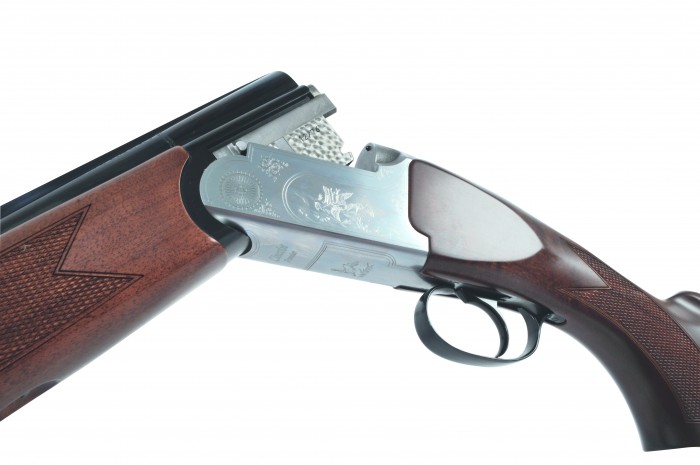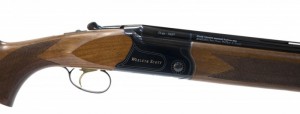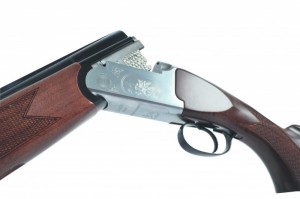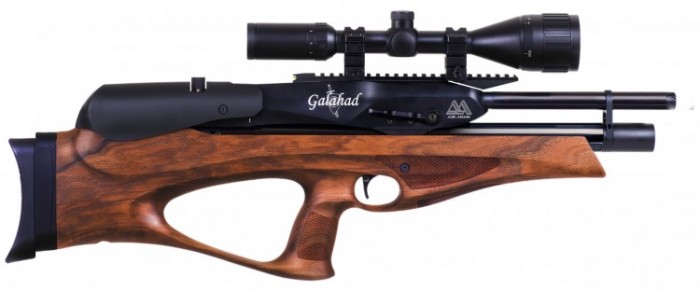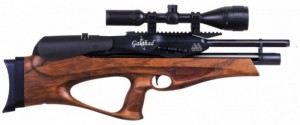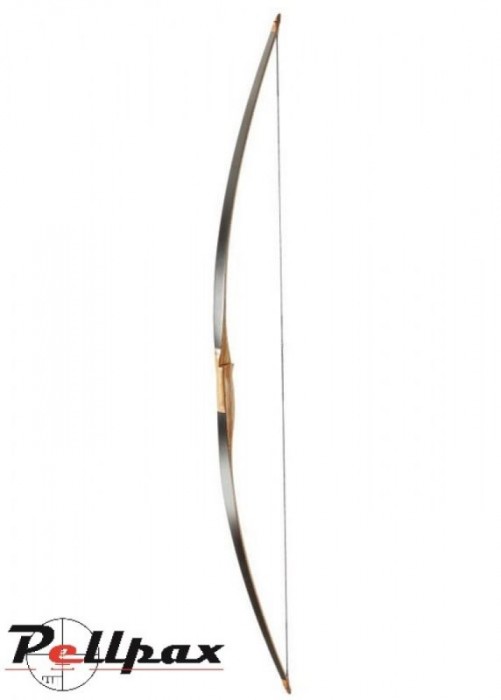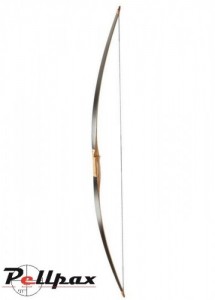If you’re passionate about the outdoors and want to learn more about survival skills and bushcraft, then this short primer will help to give you a few pointers on how to fend for yourself, and enjoy those nights under the stars.
Corkscrew
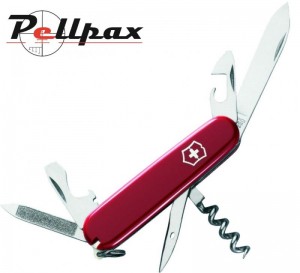
The tighter the knot, the stronger it holds. But the tighter the knot, the harder it is to undo! The corkscrew on the Sportsman by Victorinox is the perfect tool for undoing tight knots. Weave the corkscrew into the knot and coax the threads apart.
Clamps
A useful component of a survival kit is a handful of heavy-duty tarpaulin clamps with metal eyelets. Taking a firm grip on fabric, these clamps add stability to a tent in bad weather or provide anchorage for a makeshift shelter.
Water Strainer
If there is no clear water to be found, use a tightly woven piece of cotton fabric, like a T-shirt or bandana, to strain mucky water. The cloth can be repeatedly rinsed and reused.
Honey
A gauze pad spread with honey is an excellent dressing for infections and burns. Honey is antibacterial, antiviral, and anti-fungal. Dr Susan Meschwitz, who led research into the healing properties of honey, said, “The unique property of honey lies in its ability to fight infection on multiple levels.” In cold weather, though, honey will crystallise and will have to be warmed before use.
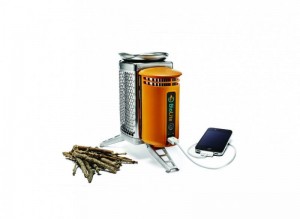
Firelighters
Commercial firelighters take up quite a bit of space when you’re travelling light. Here are some superb ideas for homemade (and cheap) firelighters. Save remnants of wax candles and melt them over a BioLite CampStove, which is fuelled by twigs and pieces of wood. Coat some cotton pads or cardboard strips with the molten wax. When the wax has set, keep these firelighters in a watertight bag until they are needed.
Root cordage
When in need of emergency rope, excavate the thinner tree roots that are to be found near the surface of the soil. Strip off the bark, and the roots can be used straight away for binding. The Classic SD by Victorinox is a handy tool to carry with you for this type of work, along with the Blademedic Knife Sharpener. For tighter binding, the root will need to be dried out first, but wet it before use to make it more flexible.
Bark cordage
For finer, intricate binding, cut strips of willow bark, scrape off the outer bark, and keep these scrapings. Put the strips of inner bark into a pan of water with some wood ash and the saved scrapings of outer bark, and simmer for at least 45 minutes. The strips will now be flexible and durable.
Collecting dew
One of the simplest ways to collect water – when there is a shortage – is to lay a piece of cotton fabric (a tea shirt, for example) over dew-covered vegetation and squeeze the collected water into a container. It is advisable to boil the water before drinking it.
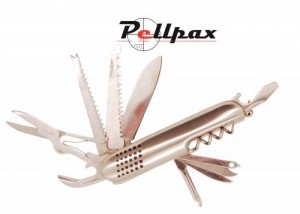
Steamed fish
Make up a hot fire with a good bed of embers. Lay a piece of moss turf on the fire, green side up. Put your gutted and cleaned fish (the Lineaeffe Multitool is a superb bit of kit for this purpose) on the moss, and cover them with another lump of moss, green side down. Leave your fish to steam for about 30 minutes, sandwiched within the moss.
Treatment of diarrhoea
Ingest ground charcoal, which can absorb more than twice its own mass in toxins. To make charcoal, put soft wood into a closed tin. Punch a hole in the top of the tin and put it into a fire, allowing the wood to burn in an oxygen-free environment. When no more smoke is coming out of the hole, remove the tin from the fire and allow it to cool. Grind the charcoal, mix it with water, and drink it. It’s an effective (and by all accounts horrible) treatment of diarrhoea.
Subscribe to our email news letter for more top tips on airgunning, archery, bushcraft, and much more. For all of your survival supplies and equipment needs, check out our online bushcraft store.

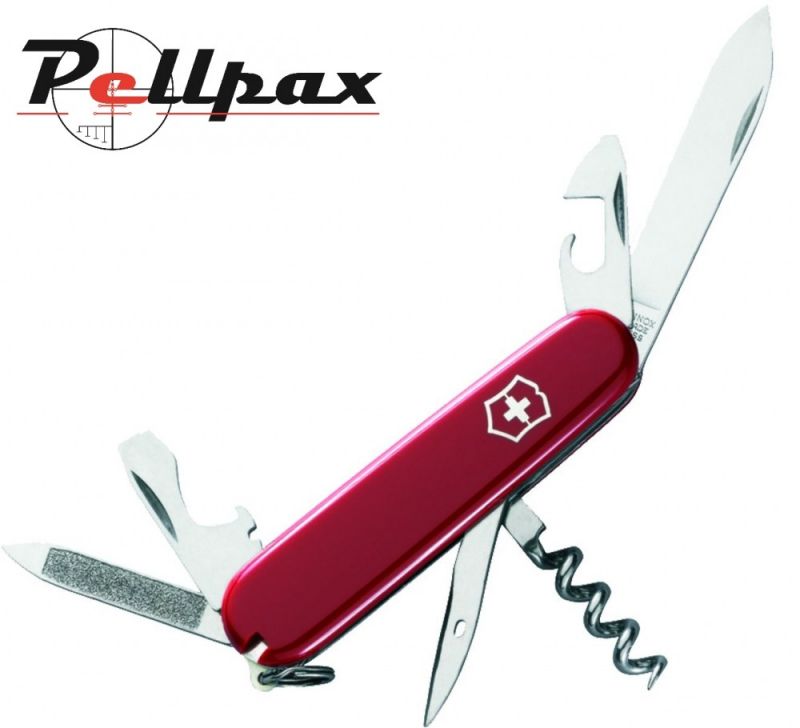

 the world – from Spain to Australia, Germany to America, and many at home in Britain. In this interview, he shares with us his illustrious shooting career, his conferencing and shooting venue High Lodge, Clay Pigeon Shooting Association, charity work, and much more.
the world – from Spain to Australia, Germany to America, and many at home in Britain. In this interview, he shares with us his illustrious shooting career, his conferencing and shooting venue High Lodge, Clay Pigeon Shooting Association, charity work, and much more.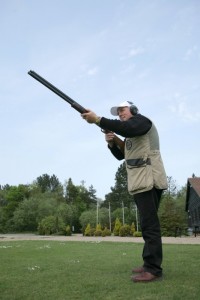 manufactured on site at High Lodge by experienced technicians and engineers. It’s supplied to shooting clubs and competitive events all over the world and is used in conjunction with an automatic counter system.
manufactured on site at High Lodge by experienced technicians and engineers. It’s supplied to shooting clubs and competitive events all over the world and is used in conjunction with an automatic counter system.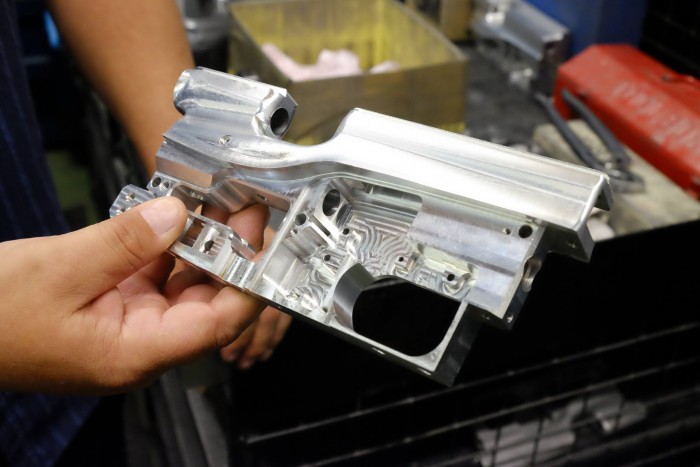
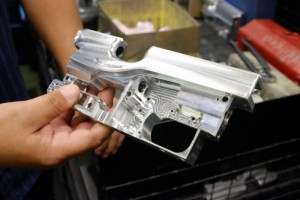
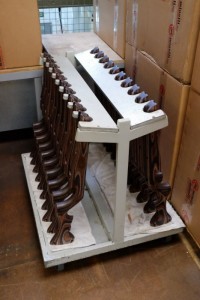

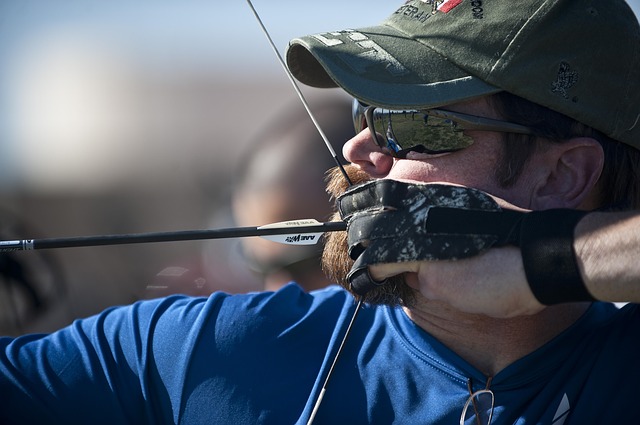
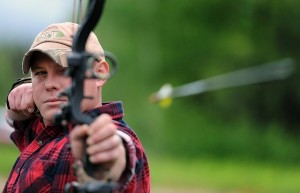
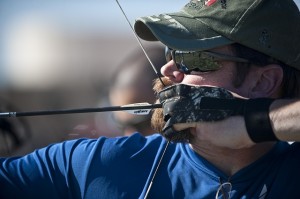
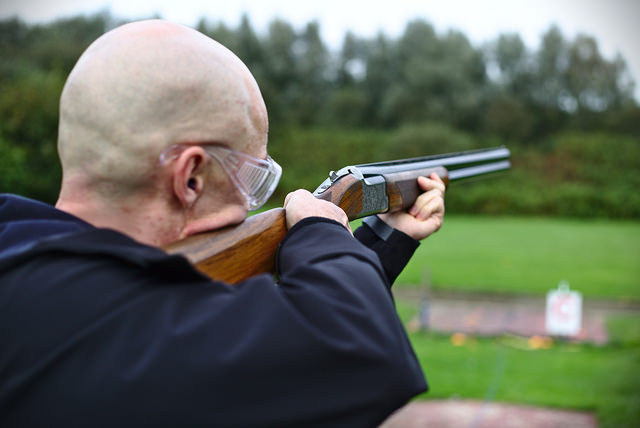
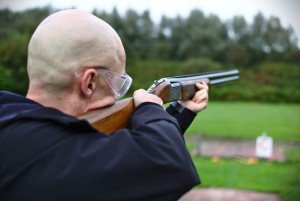
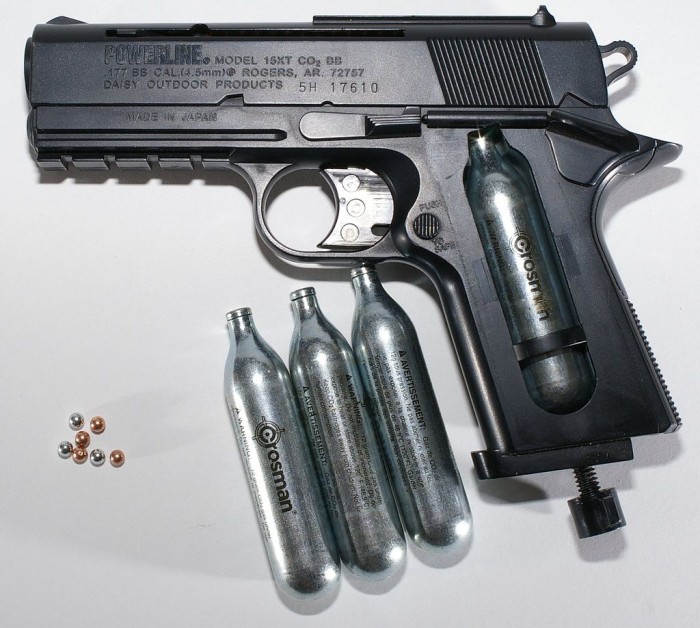

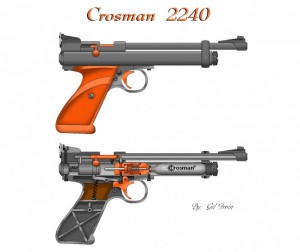
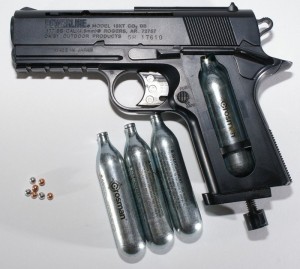
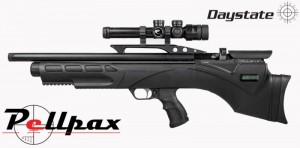


 surgery. Another condition is that enough hormonal therapy has been received to ‘minimise gender-related advantages in sport competitions’. Well, it was only twenty years ago that there was considered to be no gender-related advantage in shooting. Very importantly, the final recommendation is that there will be a ‘confidential case-by-case evaluation’.
surgery. Another condition is that enough hormonal therapy has been received to ‘minimise gender-related advantages in sport competitions’. Well, it was only twenty years ago that there was considered to be no gender-related advantage in shooting. Very importantly, the final recommendation is that there will be a ‘confidential case-by-case evaluation’.